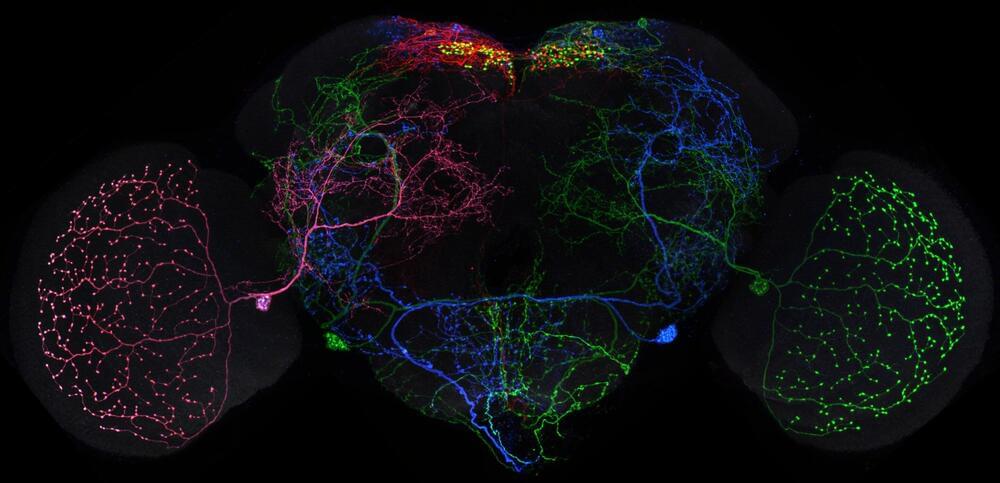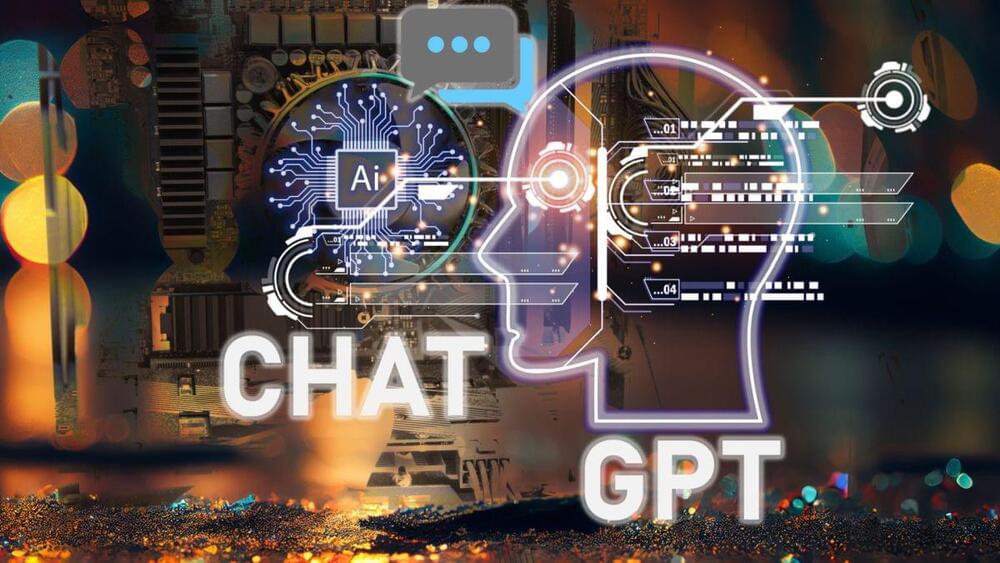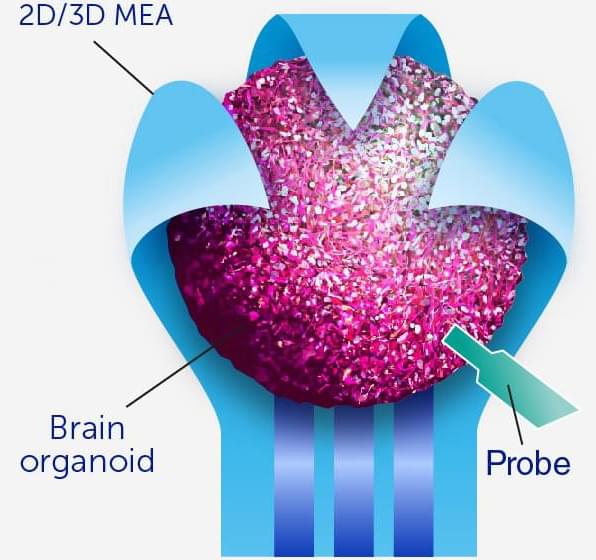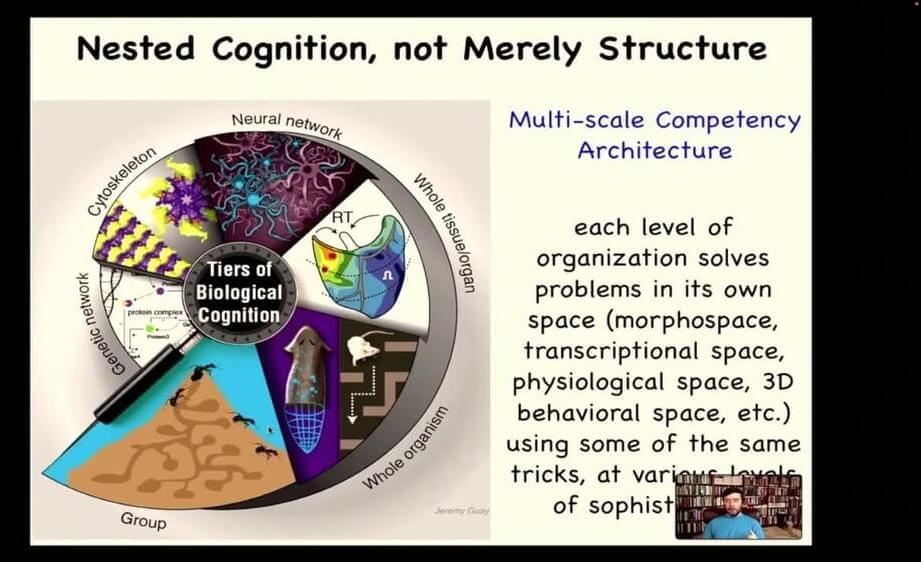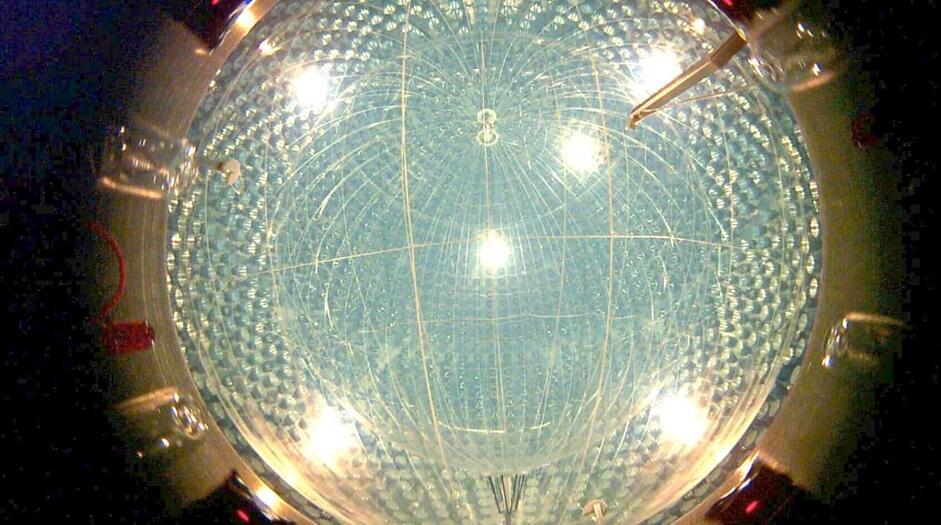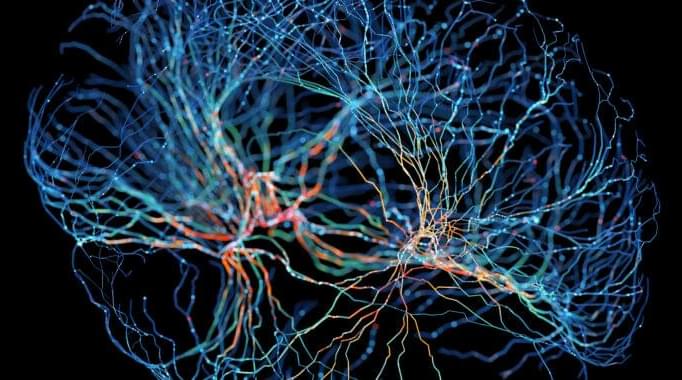
Trying to make computers more like human brains isn’t a new phenomenon. However, a team of researchers from Johns Hopkins University argues that there could be many benefits in taking this concept a bit more literally by using actual neurons, though there are some hurdles to jump first before we get there.
In a recent paper, the team laid out a roadmap of what’s needed before we can create biocomputers powered by human brain cells (not taken from human brains, though). Further, according to one of the researchers, there are some clear benefits the proposed “organoid intelligence” would have over current computers.
“We have always tried to make our computers more brain-like,” Thomas Hartung, a researcher at Johns Hopkins University’s Environmental Health and Engineering department and one of the paper’s authors, told Ars. “At least theoretically, the brain is essentially unmatched as a computer.”


